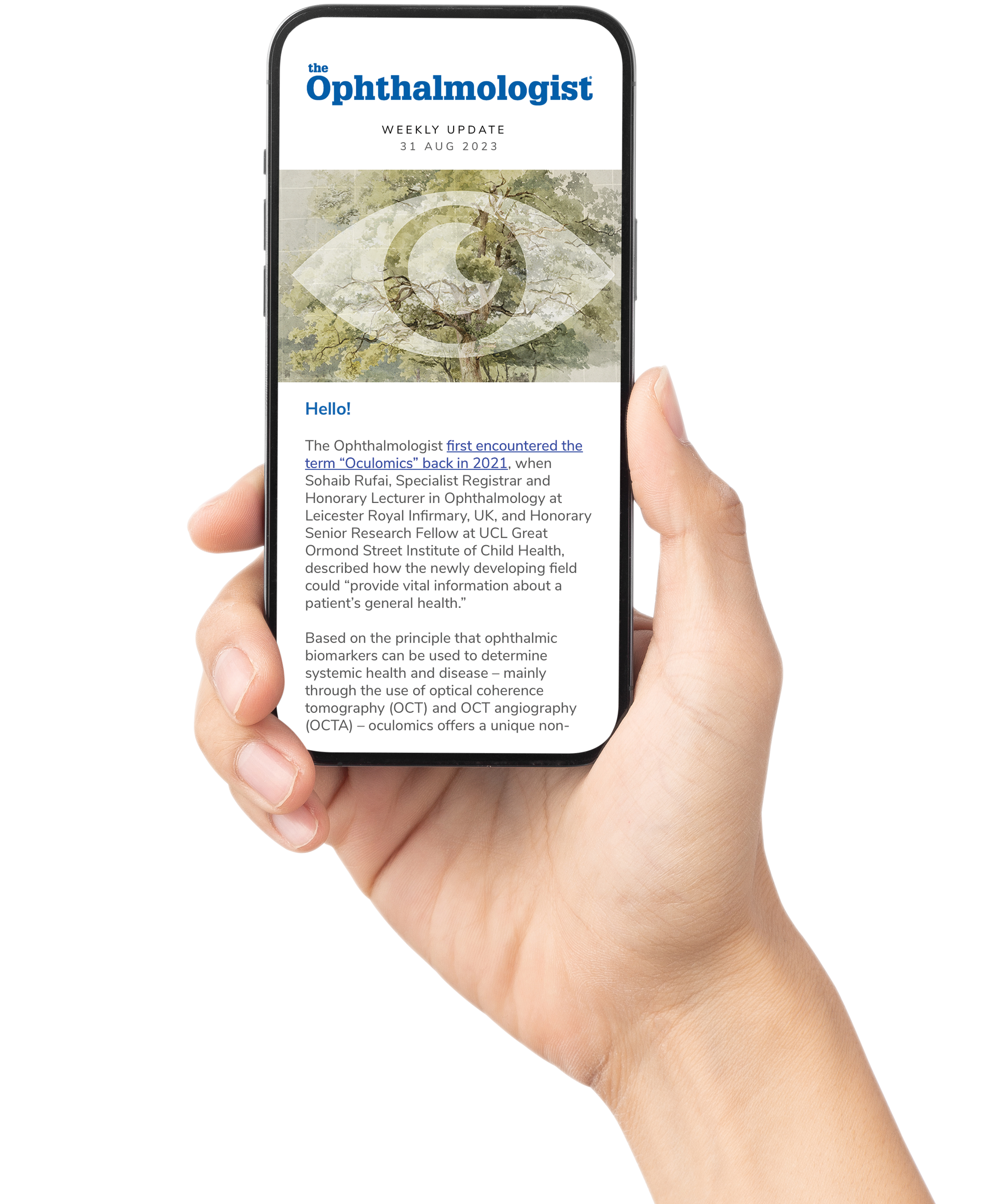A large-scale prospective analysis from the UK Biobank has revealed that unilateral visual impairment (UVI) – even in the absence of bilateral vision loss – may significantly elevate risks of all-cause and cardiovascular-related mortality. Traditionally, visual impairment (VI) research and public health policies have focused primarily on bilateral loss, often neglecting the clinical implications of asymmetrical acuity. This study, conducted by Wenzhou Medical University researchers, brings about a renewed perspective, and suggests that even modest unilateral deficits deserve serious attention in ophthalmic practice.
Drawing on data from over 131,000 participants aged 40–79 years, researchers categorized visual acuity into six distinct groups, ranging from “bilateral normal” to “low vision”, using habitual distance acuity in both eyes. Importantly, the study goes beyond the conventional WHO definition of VI, which only accounts for the better-seeing eye, and instead assesses vision more holistically. Over a 13.5-year median follow-up, 9372 deaths were recorded in this cohort – including nearly 2000 from cardiovascular disease (CVD).
The findings suggest that, when compared to those with bilateral normal vision, individuals with unilateral near-normal vision had a 17% increased risk of all-cause mortality, while those with unilateral VI had a 20% increased risk. Notably, bilateral near-normal vision did not show a significant association, emphasizing the unique burden posed by visual imbalance.
CVD-related mortality demonstrated similar trends, with the highest risks observed in those with unilateral deficits. The study posits that visual asymmetry may impair depth perception, balance, and mobility – especially in older adults – contributing to frailty and reduced physical activity. Moreover, individuals with unilateral impairment often experience lower socioeconomic status and less access to care, compounding health risks.
In light of these findings, the study advocates for an expanded clinical and public health framework, where even subtle unilateral visual deficits are not dismissed, but addressed as modifiable risk factors in the broader mortality landscape.
